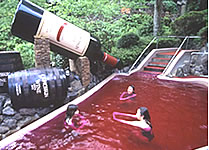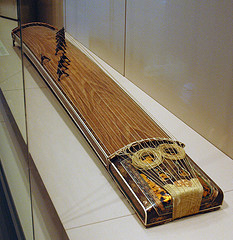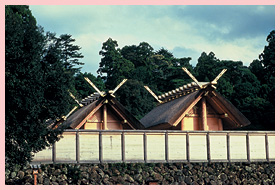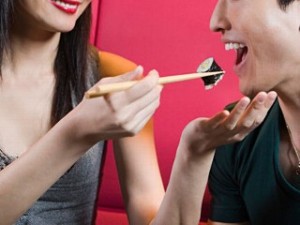
Do you love wine and other similar drinks that contain alcohol? Do you like relaxing in the great outdoors? Do you like hot springs? Do you like being pampered? If you answered yes to these questions, then I suggest trying out the Hakone Kowakien Yunessun Spa . This place is one of a kind. Located at the foot of Mt. Fuji, the spa offers a wonderful experience to suit all sorts of tastes.
They have over 25 water attractions which will definitely give visitors what they want. The main attraction is called The God�’s Aegean Sea and it is composed of three islands with relaxing spa waters. The God’s Aegean Sea also includes a variety of water massaging devices. Also, experience the wonder and drama of dynamic special effects by a fully illuminated water screen high above on the ceiling.�
What appeals more to me, though, is the Wine Spa. The Spa’s web site describes it as:
A unique spa containing real red wine. The huge wine bottle is 3.6m tall and is very remarkable. Bathing in wine is a rejuvenation treatment for the body, and it has been said that the Queen of Egypt, Cleopatra loved to bath in wine. There are regular performances of pouring real wine into the spa a few times a day.
Ok, I thought Cleopatra bathed in milk but oh well, a bath in wine is something that any wine-loving person should experience, don’t you think?
Another interesting feature is the Coffee Spa. Caffeine junkies should not miss out on this. Naturally, the bath is made of coffee in hot spring water. I think I shall spend some time dipping in wine and then wake myself up with a dip at the Coffee Spa.
Take your pick!



 Say that word out loud: konkatsu. It may remind of you a delicious Japanese dish made of pork (tonkatsu!), but it cannot be farther from that. In fact, konkatsu is the Japanese term for marriage hunting. Yes, while the western world is suffering from astronomical divorce rates, singles in Japan – �young and old – are actively looking for marriage.
Say that word out loud: konkatsu. It may remind of you a delicious Japanese dish made of pork (tonkatsu!), but it cannot be farther from that. In fact, konkatsu is the Japanese term for marriage hunting. Yes, while the western world is suffering from astronomical divorce rates, singles in Japan – �young and old – are actively looking for marriage.